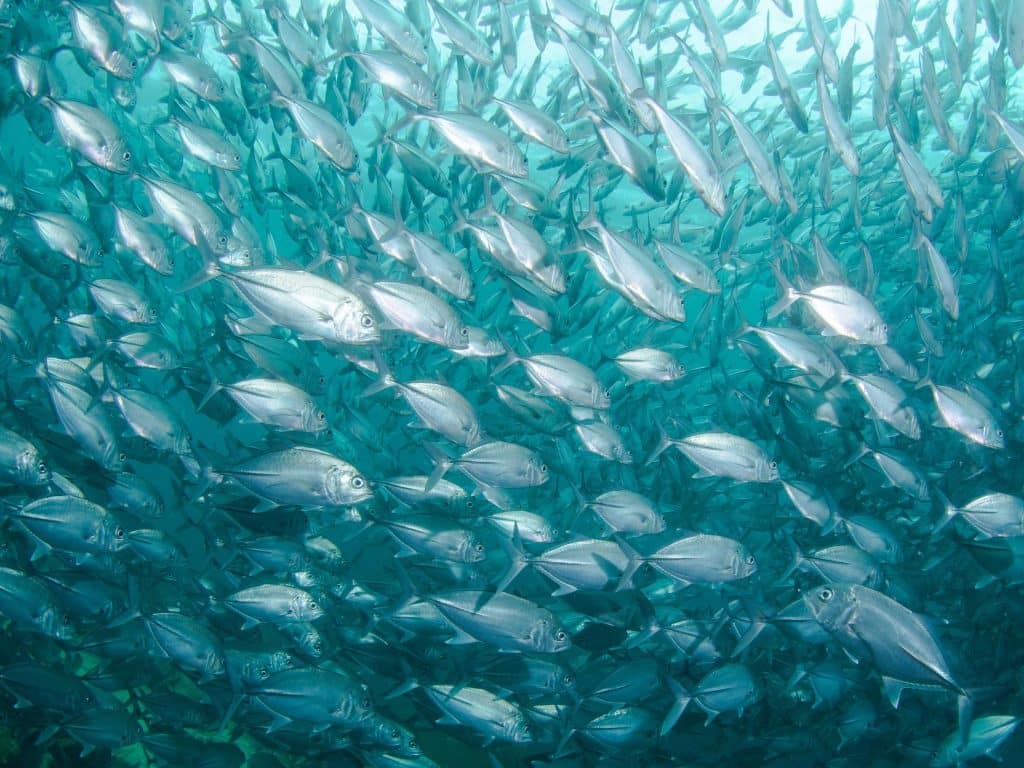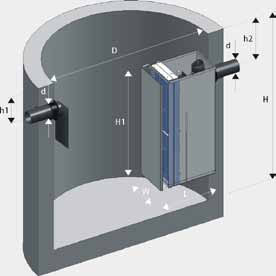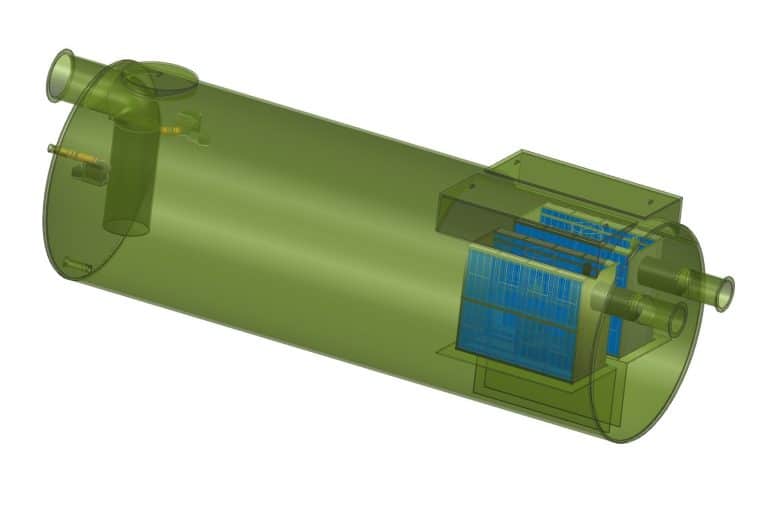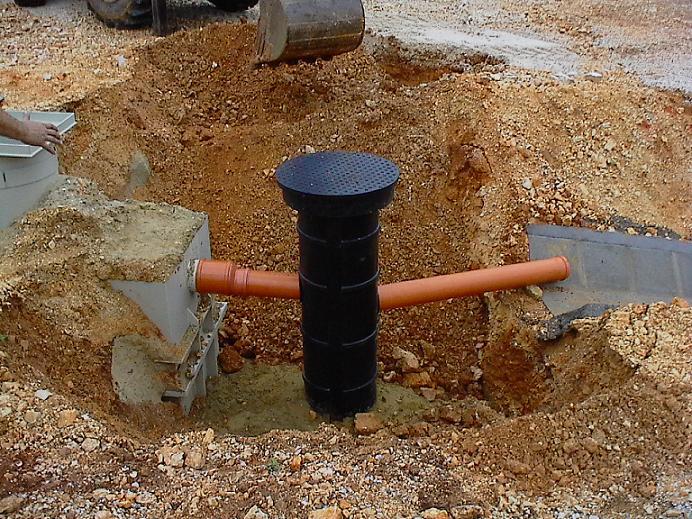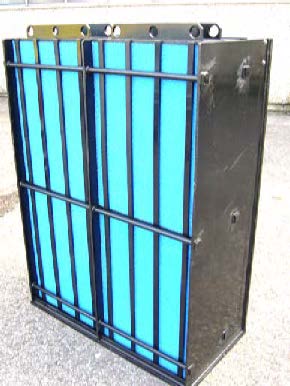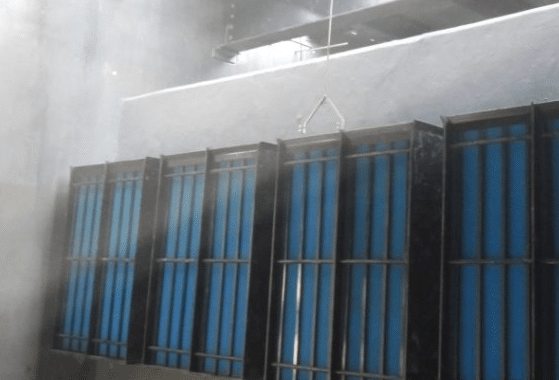Ever thought about how bad handling hydraulic oil can quietly raise costs and cause equipment breakdowns? Hydraulic oil is more than just a lubricant. It’s key to keeping hydraulic systems running well and lasting long. As industries rely more on high-performance hydraulic oil, managing it right is more critical than ever.
Managing hydraulic oil well can save you time and money. It helps avoid costly maintenance and prevents damage from fluid contamination. This is why it’s so important to handle hydraulic oil correctly.
This article shares tips on using oil water separators to better manage industrial hydraulic oil. By learning to remove unwanted contaminants, you can make your systems work better and last longer. This helps avoid problems caused by contamination.
Key Takeaways
- Effective management of hydraulic oil reduces contamination-related service calls and lowers environmental impact.
- Understanding the aging effects of contaminants is key to keeping systems safe and efficient.
- Oil water separators can make hydraulic systems last longer by removing water and gases well.
- Using advanced coalescing elements can greatly improve fluid quality and system performance.
- Regular checks can prevent big problems from water in oil, saving your hydraulic parts.
- Professional filtration solutions are vital to reduce wear and boost system performance.
Understanding Hydraulic Oil and Its Importance
Hydraulic oil, also known as hydraulic fluid, is key in many industries. It helps systems work well by lubricating, transferring heat, and keeping contaminants out. Knowing its properties and uses is vital for top performance.
What is Hydraulic Oil?
Hydraulic oil comes from mineral oils or synthetic materials. It’s chosen based on the machine’s needs. Its mix of chemicals gives it important traits like staying stable in heat, resisting fire, and protecting against wear.
The oil’s thickness, or viscosity, is also important. It should be between 10-46 cSt to work well in hydraulic systems.
Common Uses of Hydraulic Oil
Hydraulic oil is used in construction, manufacturing, and car industries. It powers big machines like excavators and load lifters. These machines need to work reliably.
Pascal’s Law shows how hydraulic systems work. Pressure applied to the oil spreads evenly. Keeping the right oil pressure is key. Too much can lead to system failure, while too little hurts performance.
Synthetic hydraulic oils are gaining favor for their long life and better performance in tough conditions. They outdo mineral oils in extreme situations. The dependability of hydraulic fluids makes operations smoother and safer.
Introduction to Oil Water Separators
Oil water separators (OWS) are key in treating wastewater. They separate oil, grease, and hydrocarbons from water. This is vital for industries to follow environmental rules and work better.
Knowing how these separators work helps companies manage waste well.
How Oil Water Separators Work
At the heart of an oil water separator is the coalescence principle. It makes small oil droplets join into bigger ones. This happens in a special chamber with tilted plates.
These plates, set at 45 to 60 degrees, increase the surface area. This helps oil droplets stick together fast. This way, the system can remove oil, grease, and hydrocarbons from wastewater.
Key Components of an Oil Water Separator
Several parts make an oil water separator work well. The main area is the separation chamber. It’s where oil droplets gather.
Systems like skimmers, like belt and disc skimmers, help remove more oil. The coalescing media inside also helps separate contaminants. Customizing the system for specific needs can make it more effective.
For more details on using these systems to remove oil and meet discharge standards, look into advanced technologies like tilted plate interceptors.
Regulatory Standards for Hydrocarbon Discharge
Discharging hydrocarbons poses big risks to the environment. This has led to strict rules. In North America, the limit is 10 Parts per Million (PPM). This rule helps protect water and people’s health.
North American Hydrocarbon Discharge Limits
About 85,000 ships must follow these rules. This includes both international and domestic ships. The Vessel Incidental Discharge Act (VIDA) makes sure all ships meet the same pollution standards.
Importance of Compliance
Following the rules is more than just a law. It shows a company cares about the environment. It also avoids big fines and keeps operations running smoothly.
Using best management practices (BMPs) helps prevent pollution. This boosts a company’s image and makes operations more efficient. It’s key for industries that use hydraulic systems.
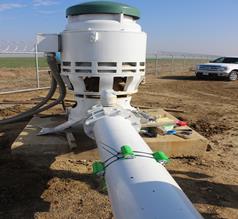
Benefits of Using Freytech’s Enhanced Coalescing Technology
Freytech’s enhanced coalescing technology changes how we handle refined hydrocarbons. It gives businesses top-notch separation performance. This means they can work more efficiently and save money by reducing emulsified oils.
Separation Efficiency and Performance
Freytech’s technology is a game-changer, achieving a clean discharge rate of 5 PPM. This is key for handling refined hydrocarbons like motor oil and gasoline. It makes hydraulic systems work better and extends the life of hydraulic oils, cutting down wear by up to 20%.
Applications for Refined Hydrocarbons
Freytech’s technology is versatile, working well in many areas that need refined hydrocarbons. It meets standards for big names like John Deere and Case. The system’s advanced additives prevent sludge and clogs, ensuring high performance. As rules get stricter, Freytech’s solutions keep up, combining compliance with efficiency.
Achieving Cleaner Discharge with Freytech OWS
Freytech OWS uses advanced technology for top-notch separation. It makes sure the water discharged is clean, meeting strict rules. It can separate oil from water down to 0.1 PPM, making it a leading choice for reducing oil in water.
5 PPM and 0.1 PPM Separation Efficiency
Freytech OWS stands out because it guarantees clean discharge at 5 PPM. This is better than many old methods, saving money and improving water treatment. It’s great for places with little emulsified oil, helping meet North American standards.
Advantages of Advanced Coalescing Media
The advanced coalescing media in Freytech OWS is a big plus. It boosts separation and is made to last. It can be spray washed, making it reusable and affordable. This media is key to efficient dewatering, cutting down on costs and making water safer.
Maintenance of Oil Water Separators
Keeping oil water separators in good shape is key for hydraulic systems to work well. It’s important to do regular checks and clean them properly. This helps them last longer and work better.
Checking oil levels, cleaning filters, and looking for wear and tear helps a lot. It lowers the chance of system failure.
Routine Checks and Cleaning
Starting with regular checks is the first step in keeping oil water separators running smoothly. Make sure oil levels are okay. Clean filters and coalescing media to avoid clogs and improve separation.
Having a schedule for these tasks helps a lot. It can stop water contamination problems. Studies show that regular maintenance can stop up to 90% of water issues.
Extending the Life of Coalescing Media
Keeping coalescing media in good shape is very important. Clean it regularly and replace it when needed. This keeps the system working well.
Good maintenance cuts down on water getting into the system by over 60%. Focusing on oil water separator care saves money and keeps things running smoothly.
The Role of the Oil Skimmer
The oil skimmer is key in managing oil in hydraulic systems. It uses special technology to pull oil from the water’s surface. This makes the oil water separators work better.
It can get oil purity up to 99.7%. This means the oil is clean, without water or other bad stuff.
How the Patented Oil Skimmer Works
Oil skimmers work because oil is less dense than water. They use different designs to grab the oil. This includes belt and drum skimmers.
Adding an oil skimmer to a system helps get rid of oils and greases. This makes it easier to follow environmental rules.
Benefits of Mechanically Drained Oil
Draining oil mechanically makes the fluids cleaner. It also cuts down on costs for upkeep and running the system. This keeps equipment working longer and saves money.
Oil skimmers also make coolant systems up to 50% better. This saves a lot of money. As companies look to be more green and follow rules, oil skimmers are very important.
Recycling Skimmed Oil Effectively
Recycling oils, like skimmed oil, is good for businesses and the planet. It turns a valuable resource into something useful instead of throwing it away. Learning about the benefits of recycling skimmed oil encourages companies to be more eco-friendly.
Value of Efficiently Skimmed Oil
One gallon of used motor oil can pollute up to one million gallons of clean water. With so much waste oil in the U.S., companies must handle it carefully. Using oil skimmers helps keep water clean and meets strict environmental rules.
This effort not only protects nature but also boosts a company’s image. It shows they care about the planet and their community.
Cost-Effective Recycling Solutions
Getting rid of used oils the old way can cost a lot. Companies might spend thousands each month on licensed disposal. But, using oil skimmers can cut down on costs and improve efficiency.
By choosing smart recycling methods, businesses can save money and help the environment. This approach supports a sustainable economy, showing that being green can be good for business.
Look into new ways to recycle oils in your business. It can make your operations more efficient, sustainable, and cost-effective.
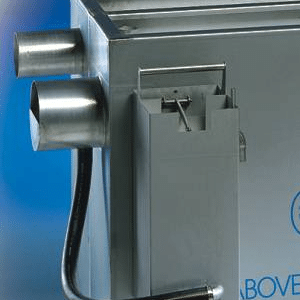
Best Practices for Managing Hydraulic Oil
Managing hydraulic oil well is key to keeping systems running smoothly and equipment lasting longer. By following best practices for monitoring, maintenance, and training, you can lower contamination risks. This ensures your hydraulic systems work at their best.
Regular Monitoring and Maintenance
It’s important to regularly check hydraulic fluid for contaminants like iron chips and rust flakes. These can pollute the fluid, even after cleaning. Using the ISO 4406 cleanliness standard helps measure particle counts in the oil.
Also, keeping an eye on water content is critical. Too much water can make the oil cloudy or even milky. This means there might be problems. Regular maintenance helps replace oil quickly when contamination is found.
Training Staff on Proper Usage
Training staff well is essential for handling hydraulic oil right. They need to know the right temperature range for the oil, between 15°C and 55°C (100°F to 140°F). This prevents the oil from breaking down.
Teaching staff about the dangers of high temperatures is also important. High temperatures can damage the system badly. Training them to spot overheating and prevent it is key. Also, teaching them about choosing the right oil and dealing with cold temperature issues helps keep the fluid in good shape.
Contact Freytech Inc. for Expert Solutions
Looking for ways to manage hydraulic oil? Freytech Inc. is here to help. Our team offers custom solutions for hydraulic oil management. We know how important it is to avoid water contamination in oil to prevent damage and failures.
Reach Us at +1 (305) 372-1104
Want to contact us? Call +1 (305) 372-1104. With over 30 years of experience, Freytech Inc. aims to make your systems more reliable and durable. Our dewatering and degassing services can extend your hydraulic oils’ life, saving you money and reducing environmental impact.
Our Commitment to Cleaner Discharge
At Freytech Inc., we’re all about sustainability. Our advanced filters, like the Aquamicron, turn free water into gel, keeping your oil clean. This not only boosts your system’s performance but also helps the environment. Count on us to help you achieve cleaner discharge in your hydraulic operations.
